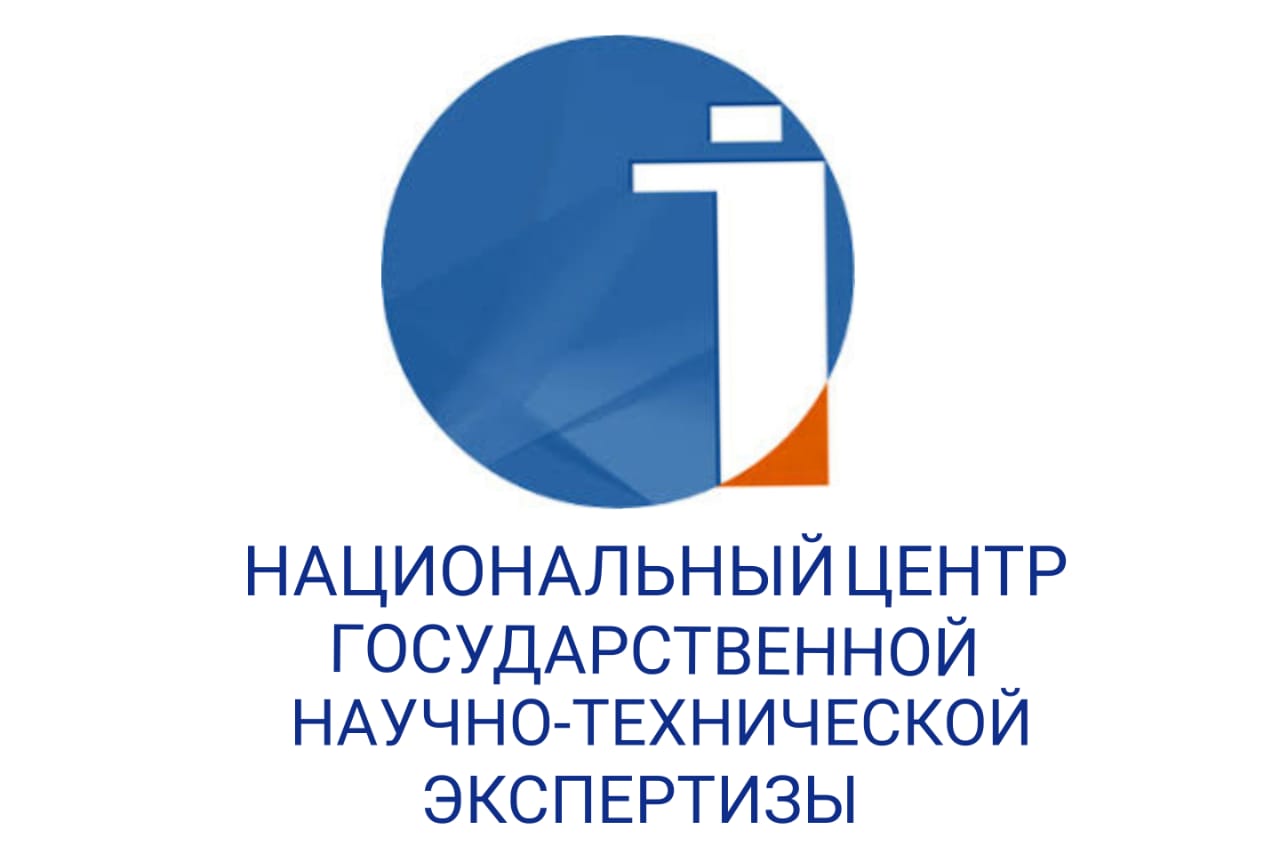METHODS OF CONDUCTING SEMINARS AND PRACTICAL APPLICATION IN THE SYSTEM OF MODERN EDUCATION
DOI:
https://doi.org/10.48371/PEDS.2022.66.3.020Keywords:
seminars, modern educational technologies, teaching methods, interactive learning, student, teacher, practical applicationAbstract
With the development of science and technology, human capabilities have significantly expanded, new technologies with enormous learning resources have appeared. The qualitative changes that occur in this case indicate that the usual processes of "learning" no longer fit into the framework of traditional teaching methods and tools, as well as the individual abilities of the teacher. There are new technical, informational, printing, audiovisual means with their inherent new techniques that become an integral component of the educational process, introducing certain specifics into it.
The main purpose of the scientific article is to analyze the most well-known methods, structures, type and forms of seminars and modern educational technologies used by higher school teachers in the educational process. The description of innovative educational technologies is based on well-known publications, observations of the work of experienced teachers, as well as the authors' own experience. Descriptions of technologies include a brief classification characteristic, an analysis of the features of the most effective educational technologies.
In the process of research, the authors of the article successfully applied such methods as theoretical, logical and professional thinking. The authors base their conclusions on the study, analysis, synthesis and generalization of professional literature, and best practices in the use of modern educational technologies and methods of conducting seminars.
The authors analyzed the key types and features of the methods of conducting seminars, as well as highlighted the factors influencing the choice of a particular method. The key competencies and skills formed by students within the framework of the application of innovative educational technologies are identified.
The conclusions made in the article can be useful in university practice in conducting seminars.








